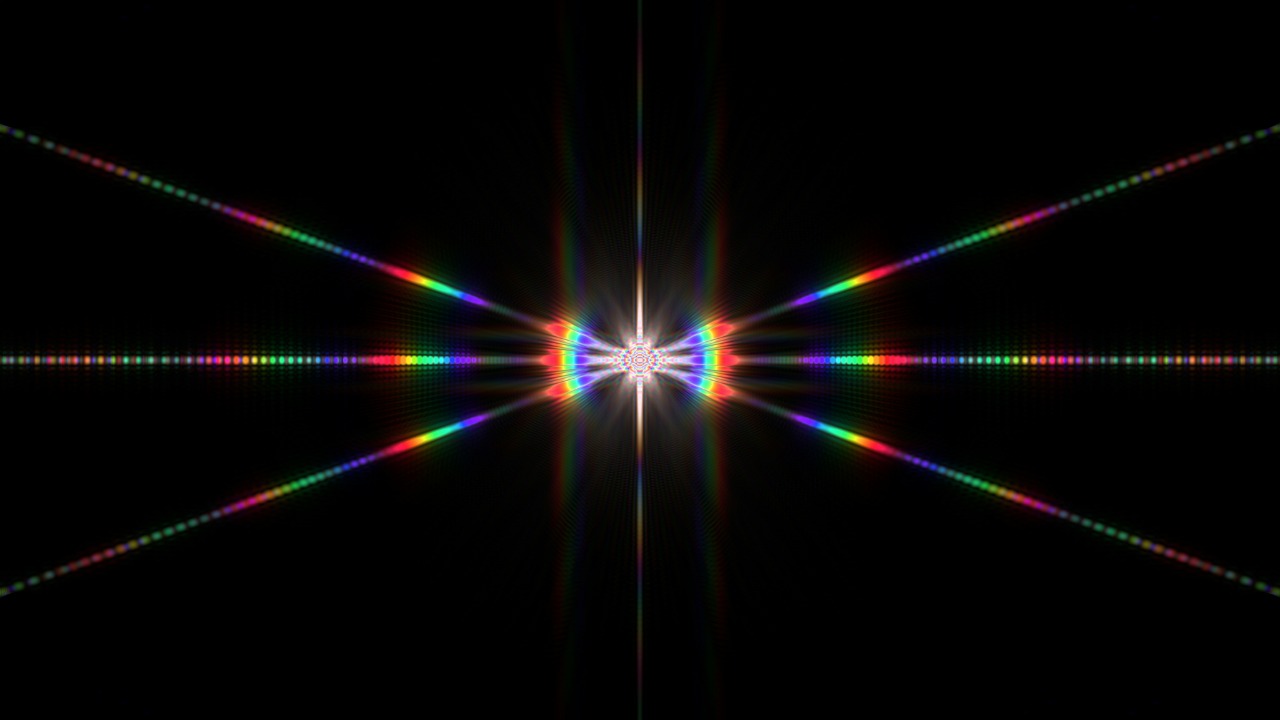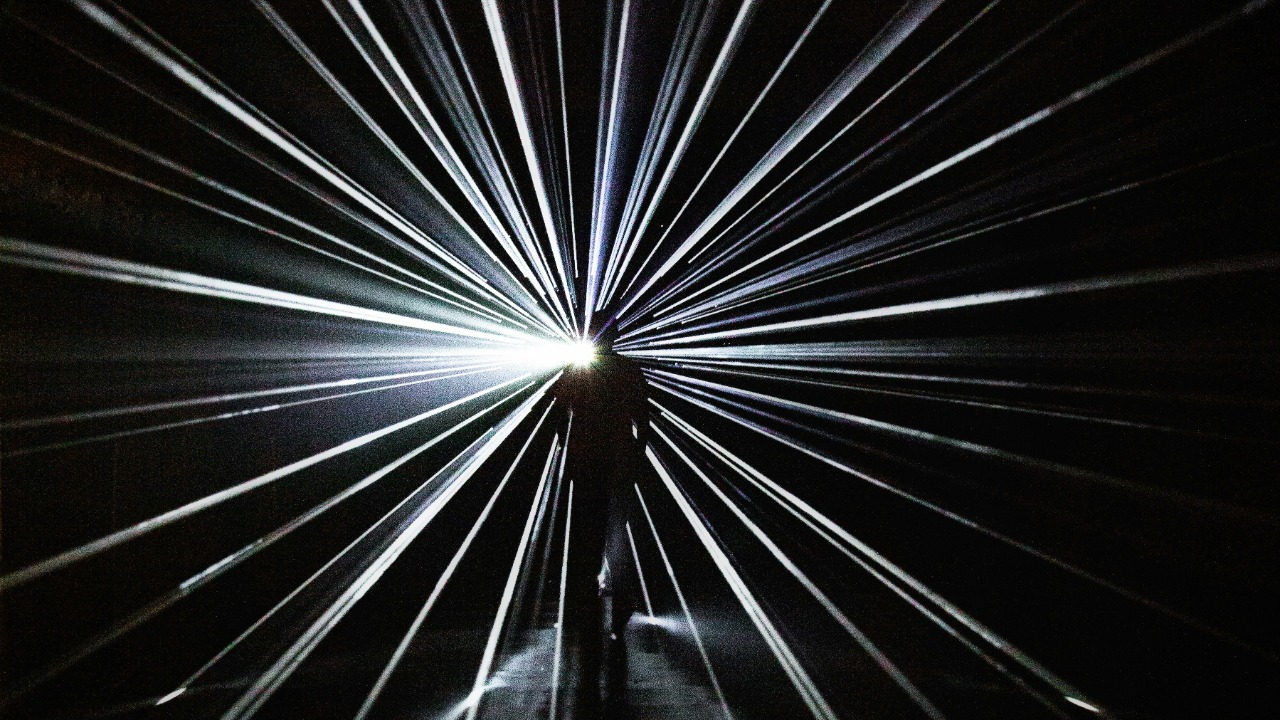
Physicists have made a groundbreaking discovery by measuring a beam of light in 37 dimensions, challenging our understanding of quantum mechanics and opening up new possibilities in the field of photonics. This remarkable feat demonstrates the complex nature of light and its potential to exist in multiple dimensions simultaneously, paving the way for advancements in technology and science.
Understanding Light in Multiple Dimensions

In physics, dimensions are typically understood as the degrees of freedom available to a system. While we commonly perceive three spatial dimensions and time as the fourth, the concept of additional dimensions is a staple in advanced physics, often used to explain complex phenomena. Light, as a quantum entity, has always been a subject of intrigue, exhibiting behaviors that suggest it might exist in more dimensions than we can intuitively perceive. The idea that a beam of light can be measured in 37 dimensions is not only a testament to its complex nature but also a challenge to traditional views on light’s behavior.
Historically, physicists have speculated about the multi-dimensional nature of light. Experiments with quantum entanglement and wave-particle duality have often hinted at dimensions beyond our standard model. Previous research, such as studies on Bessel beams, have laid the groundwork by suggesting that light’s properties could be manipulated to explore these hidden dimensions. This recent measurement is a culmination of decades of theoretical speculation and experimental innovation.
The implications for quantum mechanics are profound. Quantum mechanics already accommodates strange phenomena like particles existing in multiple states at once. The discovery that light can be parsed into 37 dimensions could potentially resolve some paradoxes and enrich our comprehension of quantum states, entanglement, and the fundamental nature of reality.
The Experiment and Methodology

The research was conducted by a collaborative team of scientists from several leading institutions. This collaboration brought together experts in photonics, quantum mechanics, and experimental physics, each contributing unique insights and expertise. The synergy of this multidisciplinary team was crucial in achieving this level of scientific precision.
The experimental setup was nothing short of innovative. Scientists utilized advanced laser technologies and specialized optical equipment to measure the light beam across these dimensions. Techniques such as spatial light modulators played a pivotal role in manipulating the beam, enabling the researchers to capture the complex data required. The methodology not only relied on cutting-edge technology but also on theoretical models that predicted how light might behave in these additional dimensions.
Overcoming the challenges associated with such a complex experiment was no small feat. The researchers had to ensure that measurements were precise and that external variables were controlled meticulously. By employing sophisticated algorithms and state-of-the-art instrumentation, they successfully navigated these hurdles, providing clear and accurate results.
Potential Applications and Future Directions

This discovery holds significant promise for technological advancements. In telecommunications, understanding light in multiple dimensions could lead to the development of faster and more secure data transmission methods. Similarly, in computing, leveraging the multi-dimensional nature of light could enhance quantum computing capabilities, potentially leading to breakthroughs in processing power and speed.
There is also a vast landscape of further research opportunities. Exploring the full potential of light in multiple dimensions will require a deeper investigation into quantum states and interactions. This could involve developing new materials that interact with light in unprecedented ways, opening up new avenues in fields such as imaging and sensing technologies.
The broader scientific impact of this finding cannot be overstated. It may inspire new theories or experimental approaches in other areas of physics. The intersection of multi-dimensional light and other quantum phenomena could lead to a more unified understanding of the physical universe, bridging gaps between current theories and observed realities.
Reactions from the Scientific Community

The response from the scientific community has been overwhelmingly positive, with many experts praising the ingenuity and precision of the experiment. Leading physicists have noted the significance of this discovery, emphasizing its potential to reshape our understanding of light and quantum mechanics. As one prominent researcher put it, this finding “brings us closer to unraveling the mysteries of the quantum world.”
Public and academic discourse surrounding the breakthrough has been lively, with discussions on its implications for future research and technology. While some debates have emerged, particularly concerning the practical applications of such a discovery, the consensus remains that this is a pivotal moment in photonics and quantum studies. Articles on platforms like Science Nature Page have highlighted the experiment’s significance, sparking curiosity and interest among a broader audience.
In response to this discovery, new initiatives and partnerships are forming within the scientific community. Researchers are eager to collaborate on subsequent experiments, with the aim of further exploring the potential of multi-dimensional light. These collaborations are likely to foster groundbreaking advancements in not just physics, but across multiple scientific disciplines.